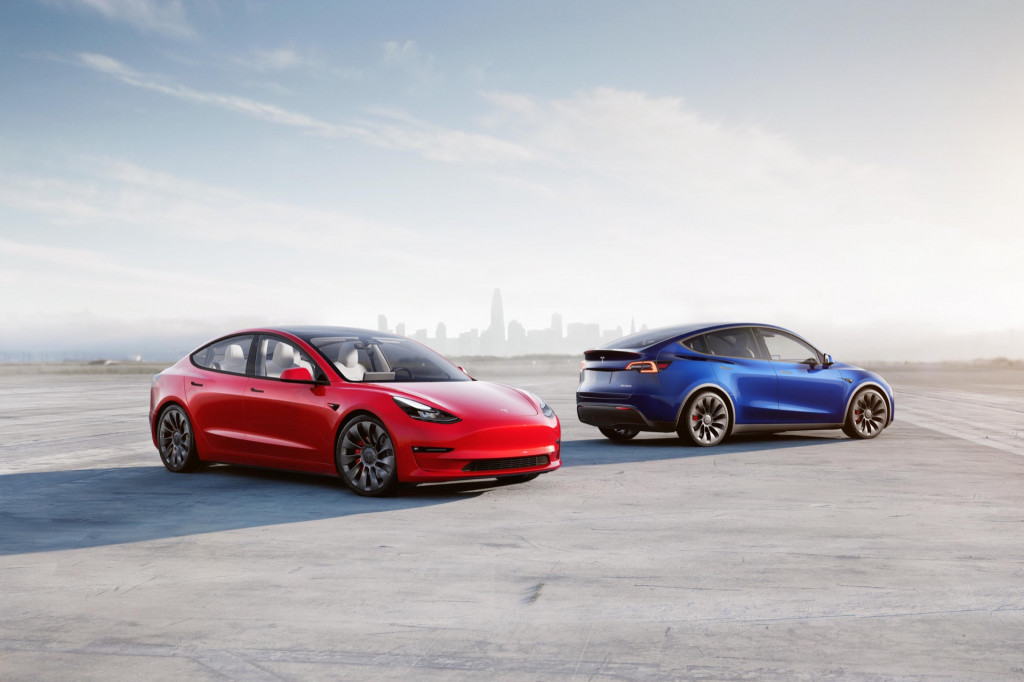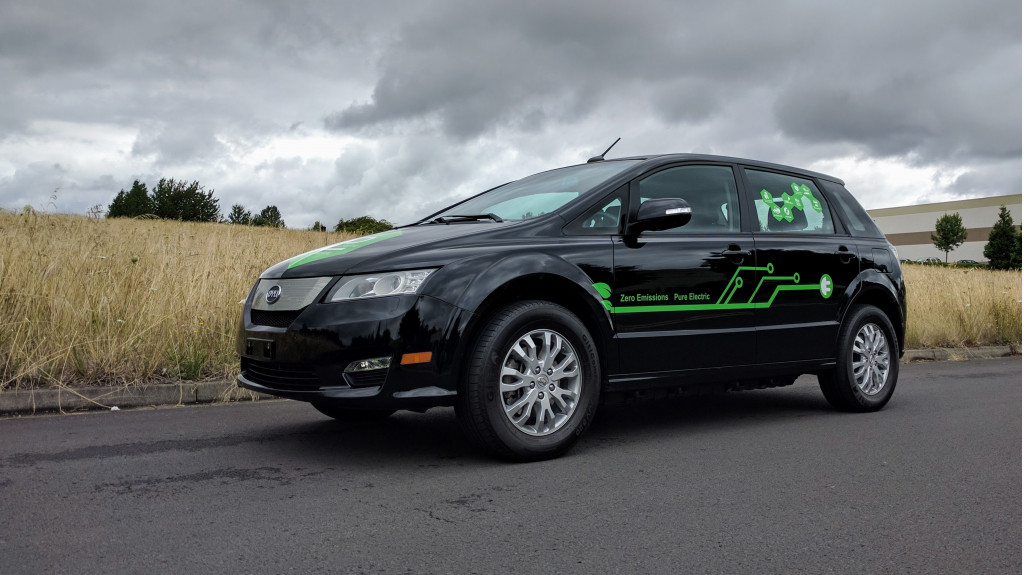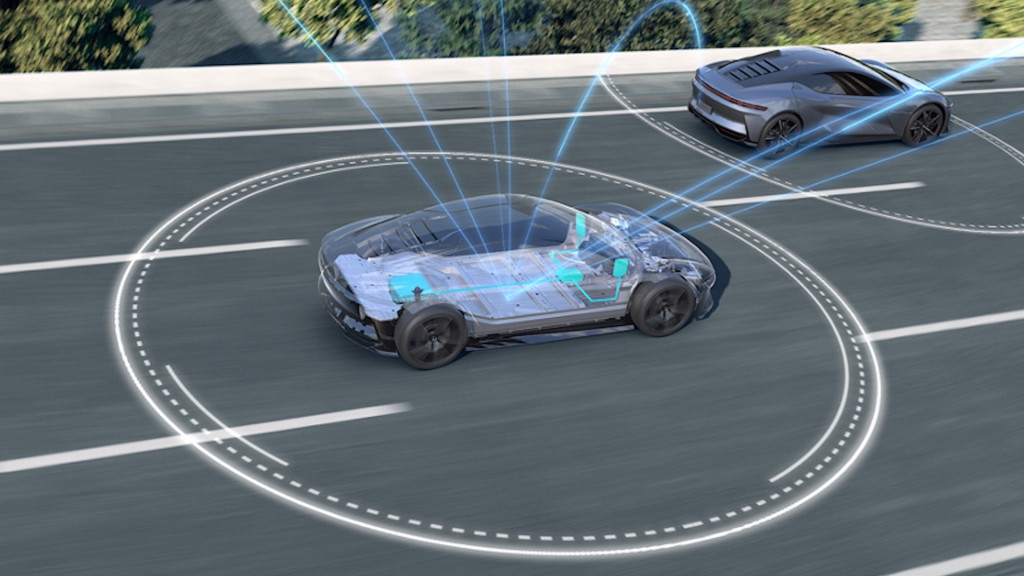For years, BYD sold the most plug-in vehicles of any other automaker—even Tesla.
Tesla still leads in what we—and likely most shoppers—consider electric vehicles, however, despite a confusing set of recent headlines declaring BYD at the top in EVs.
For instance, one prestigious financial publication declared: "Warren Buffett-backed Chinese group BYD overtakes Tesla in global electric vehicle sales."
Well, parsing this goes a long way for clarity. Given the most recent round of sales results, to be precise: BYD has again become the world’s top seller of plug-in passenger vehicles, which includes both plug-in hybrids and battery electric vehicles.
According to BYD, it sold 638,157 “new energy” passenger vehicles in the first half of 2022—including 314,638 plug-in hybrids plus 323,519 battery electric vehicles.
It’s the latter group that has no internal combustion engine on board, of course, and compares directly to Tesla.

2022 Tesla lineup (Courtesy of Tesla, Inc.)
Tesla reported over the weekend that it delivered 254,695 electric vehicles over the second quarter, summing with its 310,048 Q1 deliveries to a total of 564,743 EVs for the first half of 2022. In short, it delivered nearly a quarter of a million more fully electric vehicles for the half-year than BYD.
Yes, in regulatory parlance, battery electric vehicles (BEVs) and plug-in hybrids (PHEVs) are sometimes considered together as EVs, but in the real-world market they’re simply not apples-to-apples. One of them has a tailpipe and a fuel tank and the other does not.

BYD e6 EV - Driven, June 2016
BYD, which has indeed long been backed by Berkshire Hathaway, was an early champion of the LFP battery technology that not only became the norm for mainstream Chinese EVs but, increasingly, for U.S.-market vehicles like entry-level Tesla and Rivian models.
The BYD e6 electric crossover had been due for the U.S. market, but BYD ultimately opted against it except for some fleet trials, and has instead been emphasizing electric buses and trucks for this market. We drove the BYD e6 several times, all some years back, and found it short on handling and overall refinement.

BYD e-platform 3.0
That said, there’s an entirely new generation of BYD EVs out now—a contemporary lineup led by the Han EV luxury sedan and powered by its Blade battery. And the company has promised a next-generation platform with 800-volt charging and a 10% boost in efficiency. The company is also engaged in a joint venture with Toyota to produce EVs for the Chinese market.
In the meantime, the world’s third-place plug-in producer—Volkswagen—is gaining rapidly and may overtake both companies. As Bloomberg Intelligence recently predicted, Tesla has about 18 months to maintain its number-one spot. And then from the sheer scope of the German automaker's industrialization and scale, call it what you will, both of these dueling global EV makers will be in VW’s rearview.













